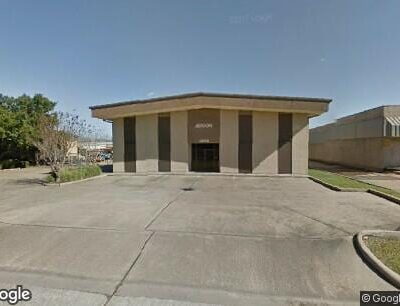Recycling Construction & Demolition Materials
Recycling Construction & Demolition Materials
- May 4, 2023
- Posted by: jerdonlp
- Category: Civil Engineering, Construction, Construction News, demolition, Projects, Recycling, Uncategorized

New builds and construction can be exciting to add to the community. New homes, libraries, offices, and parks all require a plethora of materials that can be quite costly. While new construction can be a great addition to any area, it can also eventually contribute to the substantial amount of waste that will never be reused in the future.
What Are C&D Materials?
C&D materials consist of construction or demolition debris that is generated while new builds go up and old ones come down. These materials are deemed as trash and are sent to landfills once demolition is complete. It may seem like the natural process of most things; out with the old and in with the new. But it turns out that these materials have the potential to be recycled to be used again. C&D materials can include steel, wood, plastics, bricks, concrete, asphalt, drywall, and glass. Other salvageable building materials can include doors, windows, plumbing parts and more.
What’s Wasted?
While most waste is out of sight and out of mind, C&D materials accumulate quickly over time as construction and renovations never stop. According to www.epa.gov, more than 75% of all construction waste such as wood, drywall, bricks, asphalt, and clay tiles are sent to landfills. It was also noted that these materials cover 30% of total waste globally. (EPA) With the materials being made to survive harsh elements for years, most C&D materials are not biodegradable. While all types of wood are considered to be biodegradable, most construction-focused woods are chemically treated to survive natural degradation.
Benefits of Recycling C&D Materials
Other than conserving landfill space, reusing C&D materials can produce other benefits as well. Recycling can reduce building project budgets, limit the environmental impact of the extraction of new materials, and can even create jobs within the recycling industry. Purchasing used material can generally achieve the same results and can boost the economy since most recovered materials are locally sourced. If there are ways to save money, energy, and resources, it’s worth it to try on your next project.
It can be a shocking realization of how much goes to waste, when it could have been repurposed. Just because the material was used before, doesn’t make it unreliable. Find new ways to reuse C&D materials to help keep your budget low while making a difference. For more tips on your next project, Contact us today.


